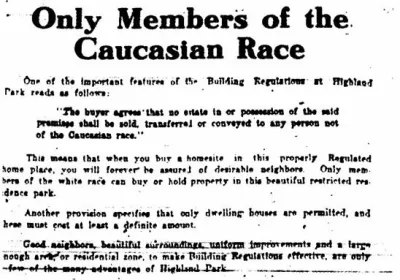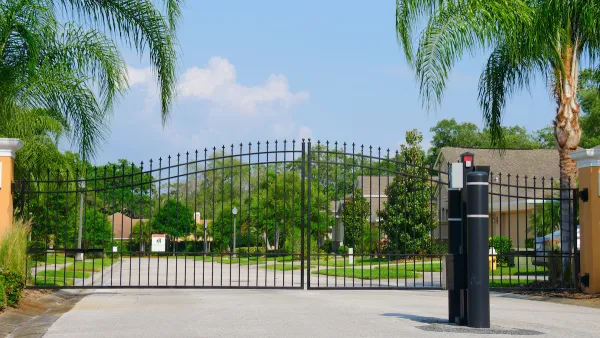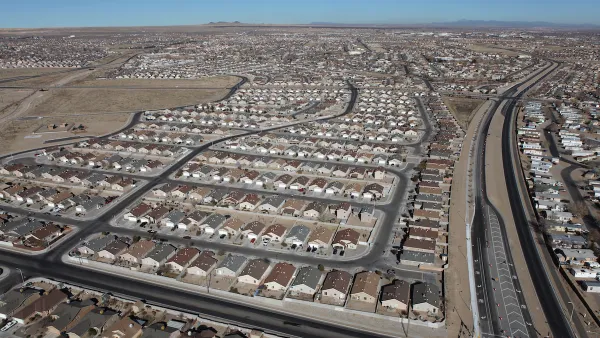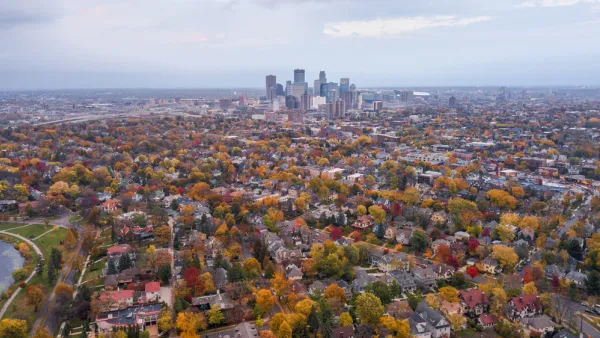Explicitly racist and exclusionary language remains embedded in many communities' restrictive covenants. State legislators and local leaders want to change that.

Although race-based restrictive covenants were rendered unenforceable by the 1968 Fair Housing Act, communities across the country linger in the shadow of their legacy as the language restricting residency remains in many property deeds. Wufei Yu reports on racial covenants in Albuquerque, where mid-century deed restrictions kept Black and Latino residents from buying homes in many parts of the city.
While "some Albuquerque title companies omitted restrictions based on race, color or national origin, scrubbing the racist language from their covenants," many kept the language in its original form. "In March, High Country News reviewed 10 property deeds in historically white neighborhoods closings and found that four of them still included racially offensive language from the city’s segregated past." Despite New Mexico's multiethnic origins—by 1920, the state was "home to nearly 6,000 African Americans, about 500 Asian Americans and over 19,000 Indigenous people"—a backlash against minorities led to the adoption of the "Alien Land Law" in 1921, which "barred people of Asian descent from owning and leasing real estate." The Alien Land Law wasn't removed from the state's constitution until 2006.
Today, "state Senators Daniel Ivey-Soto and Jerry Ortiz y Pino are drafting a bill that would encourage the removal of all racial covenants," calling the language a dangerous precedent for "viciously racist" policies like the 1882 Chinese Exclusion Act.
FULL STORY: Albuquerque’s racist history haunts its housing market

Analysis: Cybertruck Fatality Rate Far Exceeds That of Ford Pinto
The Tesla Cybertruck was recalled seven times last year.

National Parks Layoffs Will Cause Communities to Lose Billions
Thousands of essential park workers were laid off this week, just before the busy spring break season.

Retro-silient?: America’s First “Eco-burb,” The Woodlands Turns 50
A master-planned community north of Houston offers lessons on green infrastructure and resilient design, but falls short of its founder’s lofty affordability and walkability goals.

Test News Post 1
This is a summary

Analysis: Cybertruck Fatality Rate Far Exceeds That of Ford Pinto
The Tesla Cybertruck was recalled seven times last year.

Test News Headline 46
Test for the image on the front page.
Urban Design for Planners 1: Software Tools
This six-course series explores essential urban design concepts using open source software and equips planners with the tools they need to participate fully in the urban design process.
Planning for Universal Design
Learn the tools for implementing Universal Design in planning regulations.
EMC Planning Group, Inc.
Planetizen
Planetizen
Mpact (formerly Rail~Volution)
Great Falls Development Authority, Inc.
HUDs Office of Policy Development and Research
NYU Wagner Graduate School of Public Service




























